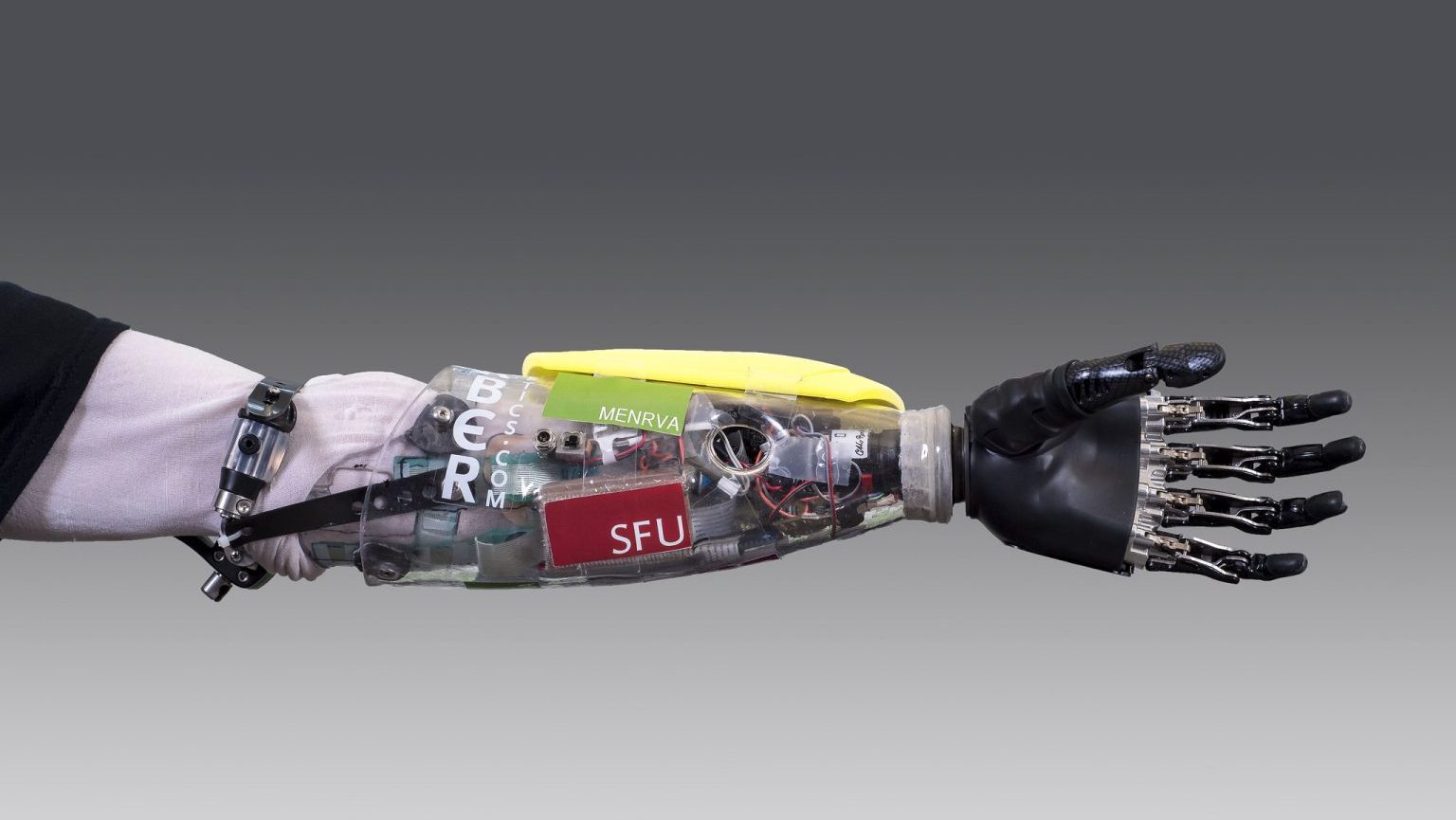Melton describes an experiment on parabiotic mice that may hold the key to eternal life for human beings.
I’m going to show you one experiment which has given us confidence that this can happen. This involves putting to mice together in what we call parabiotic mice. And it’s a kind of experiment I call, The Fountain of Youth Experiment. What we do in this experiment is remove the outer skin of two mice and sew them together; kind of like Siamese Twins. So we now have a young mouse and an old mouse sewn together. And the consequence of that is that they share their blood stream. They’re really quite happy. They continue to live a long life and run around in the cage and eat and play as they normally would.
The experiment I’m going to show you has to do with injuring the muscle in the mice and then asking whether there’s anything special about being young which allows your body to repair better. In fact, I’ll remind you that when you were a little boy or little girl, it was commonplace for you to say, fall of your bike or have an accident and then not even remember it a few days later. Your body was, as I’ve already said, very good at tissue repair and healing. As you age, that ability to repair muscle and heal, fix your bruises as it were, slows down. So when I fall of my bike now, I not only remember it the next day, I remember it for several weeks. It takes my body a much longer time to repair itself. So this experiment is designed to get at what is it about a young person that allows them to repair their muscle at a fast rate?
The experiment here shows a panel in blue in the middle, which I’d like to draw your attention to. And what we do is we take these two mice, which are parabiotic, and in the control experiment, the mice have their thigh muscle injured. It’s kind of a bruise as you would get, some might call it a Charlie Horse. What you can see that when we take parabiotic mice and injure the thigh muscle in one of them, and the “Y” stands for young, the muscle repair rate occurs normally, the same as if the mice were not paired together.
The second thing is control experiment shows is that pairing a young mouse with an old mouse does not diminish the young mouse’s ability to repair its muscle. So the amount of new red cells is the same.
And other control is to compare two old mice, put them together and injure the old mouse’s muscle. And here you see far fewer red cells. The repair rate is very slow. But the key result, the one you can guess is coming shown here at the end is to pair a young mouse with an old mouse and now injure the muscle in the old mouse, and sure enough, look at all those red cells. The old mouse has not been rejuvenated as it were. It’s repairing its muscle at the young rate.
So we dearly would like to know, what is it in young blood that stimulates muscle stem cells in an old mouse to make it repair better? This raises the question of what other aspects of aging might be affected by young factors. Might I have to do with our loss of memory, with our heart function? So we’re very keen to pursue these kinds of experiments, finding out what is it in a young animal that stimulates old stem cells, as it were, to make them young again.
So you can imagine a time when you might go to your doctor and she would say, well, your liver is looking a little tired or you’re muscles are not repairing well or your bone isn’t as strong as it could be, but don’t worry, we have some stem cells that we’ve taken from you when you were a bit younger. We’re going to put those in, top you up and you’re going to be good as new.
Directed / Produced by Jonathan Fowler / Elizabeth Rodd





